Playing By Pyongyang's Rules
by Aaron Fox-Lerner
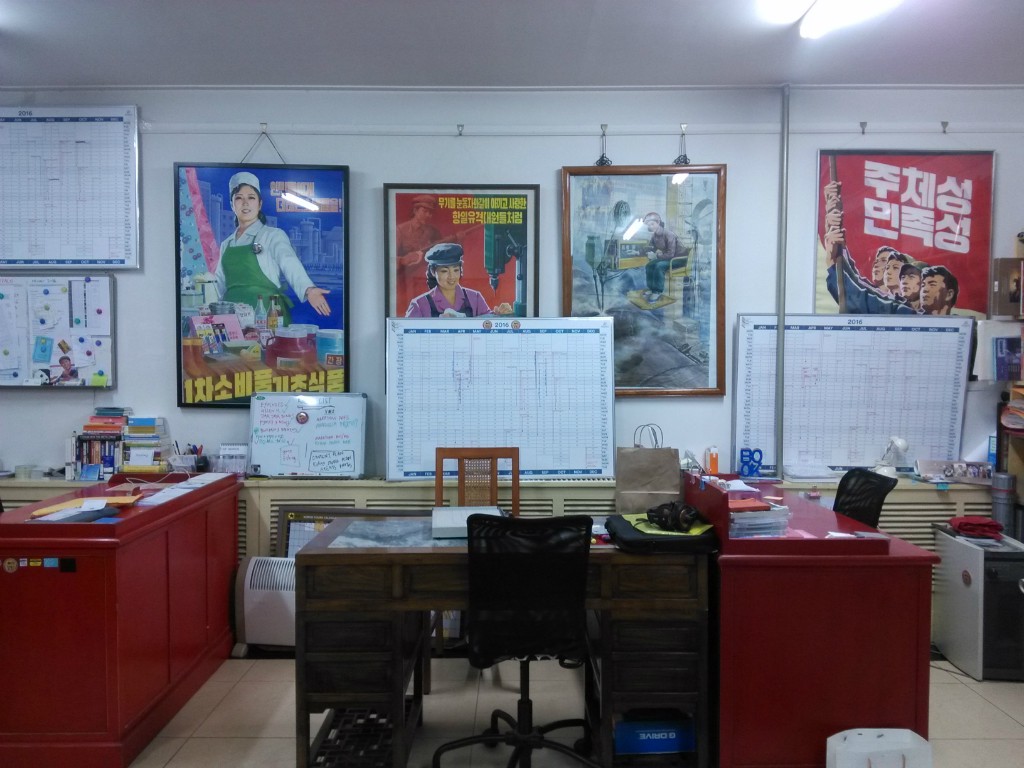
Of the roughly five thousand Western tourists who go to North Korea every year, up to half will pass through the office of Koryo Tours, the most popular and longest-running tour operator to the Democratic People’s Republic of Korea. Tucked away in a residential courtyard in the otherwise glitzy shopping district of Sanlitun in Beijing, the office is decorated with posters of North Koreans smiling, laughing, shouting in victory, or staring resolutely ahead. “We try to avoid the ones that are too viciously anti-American,” Koryo founder Nicholas Bonner told me. The tourists receive a briefing and warnings — “Don’t wander off. It’s illegal. Don’t underestimate the feeling people have for the leaders.” — before traveling on from China to North Korea. They are escorted everywhere by guides and minders, and they visit attractions like the Arch of Triumph, Revolutionary Martyrs’ Cemetery, and North Korea’s largest bowling alley.
If you’ve read a news story about North Korea that didn’t involve sanctions, gulags, or nuclear weapons, there’s a fair chance it had some connection to Koryo Tours. They bring foreigners to the Pyongyang Marathon, co-ordinate the Pyongyang International Film Festival, and provide information for Lonely Planet and Rough Guides. They sold tickets for the Slovenian industrial band Laibach’s tour of the country last year, and helped co-ordinate the New York Philharmonic’s 2008 visit. Through tourism and media-friendly cultural exchange, Koryo promises a window onto the world’s last truly Stalinist state.
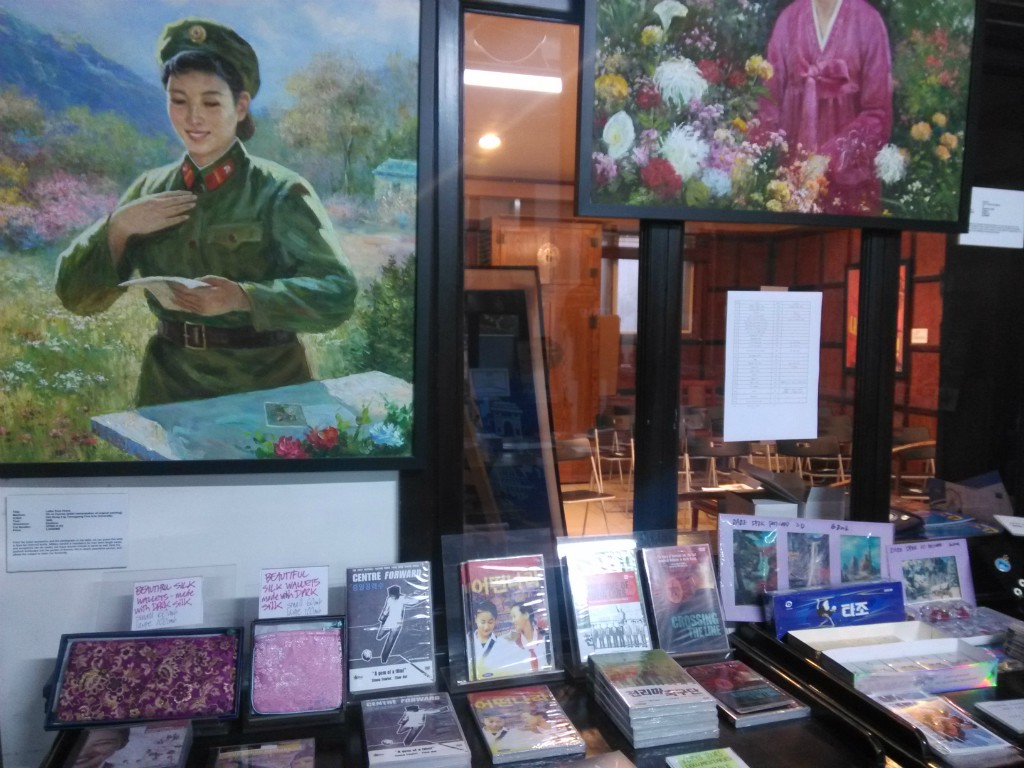
Bonner is a middle-aged Englishman with a cheery, easy-going demeanor. He started offering tours in 1993 with his friend Joshua Green, who was running the Pyongyang branch of a courier service at the time. The country had only been open to Western tourism since 1987. “One of the North Koreans [whom Green was friends with] said, ‘look I work for a travel company and we’ve got no tourists.’ So that was our excuse in,” Bonner explained.
Until the early aughts, the company had little competition. Now they’re part of a small crowd of tour operators including budget option Young Pioneers, US-based Uri Tours, and UK-based Lupine Travel, among about a dozen others. All foreign tourists to North Korea must coordinate with North Korea’s state-owned travel companies, and groups or individuals are accompanied at all times by North Korean guides who set the agenda. Koryo tries to set itself apart by emphasizing its experience and connections. Its media-friendliness and knack for attaching itself to events surely don’t hurt either.
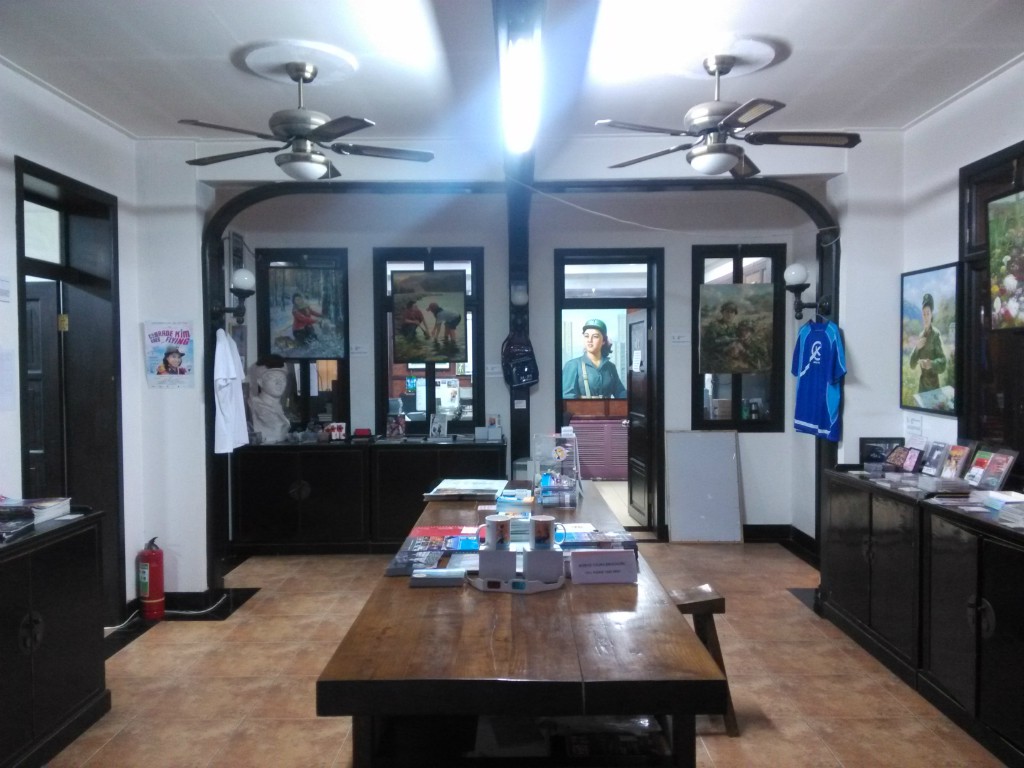
Koryo also offers tours to other unconventional locations like Russian prison towns and the Central Asian dictatorship of Turkmenistan, but it’s best known for its North Korea service. “It’s not just supposed to be disaster tourism. It’s dark tourism, I guess, in many cases,” Simon Cockerell, Koryo Tour’s general manager, said. “But it’s not misery tourism. I think there is a difference. And I think we’re on the right side of that, I hope.” Where Bonner speaks in airy tones and has a tendency to ramble, Cockerell, a fellow Englishman, is direct and clear, speaking in practiced soundbites. He started working for Koryo in 2002 after meeting Bonner at an amateur Beijing soccer league, and marked his hundred and fiftieth trip to North Korea earlier this year.
Koryo’s promotional materials stress their record of safety in visiting what they bill as “the world’s most mysterious country.” Bonner told me that they have a vetting process for their tourists, and have turned down those whom they thought might cause problems, including potential tourists who came across as too pro-regime in conversation. In general, both Bonner and Cockerell referred to the trips as “interesting” or “fascinating” more often than “fun.”

This March, Otto Warmbier, an American student at the University of Virginia who visited the country with Young Pioneers, was sentenced to fifteen years of hard labor for stealing a banner from a hallway in the Yanggakdo International Hotel, one of the only hotels open to foreigners in Pyongyang. To some Westerners, Warmbier’s real crime was traveling to North Korea in the first place. “Please Cancel Your Vacation to North Korea,” opined a Korean-American essayist in a New York Times. Cockerell, while quick to note he doesn’t agree with the arrest or harsh sentencing of Warmbier, bristled at the idea that there is any danger in visiting the country. “There has never been a case of any tourist being arrested for nothing. There’s always something…we tell people in the strictest possible terms, no ambiguity whatsoever, don’t break the law.” North Korea has a history of holding foreigners for minor offenses. Robert Boynton’s book about North Korea’s bizarre history of foreign abductions, The Invitation-Only Zone, is a great way to sour potential tourists on the idea of going. Boynton told me last month, “Frankly, I believe there should be a travel ban for Americans.” Tourism, he said, not only “plays into the hands of the regime,” but it also “exacerbates the situation by giving them a steady supply of would-be hostages.”
The ethics of traveling to North Korea have long been debated, with those in favor saying that even small, outside contact can help change the country, and a visit can help you learn about it. Barbara Demick, the author of Nothing to Envy, expressed caution about traveling to North Korea in an email to me, but also noted that “you can still get glimpses of people’s lifestyles if you look carefully. On trips to the outskirts of Pyongyang, I saw barefoot children and people collecting weeds at the side of the road out of bus windows. The North Koreans you meet are all official guides, but it is still interesting to talk to them.” Most debates over ethics and tourism center on how visitors can end up changing a place for the worse: local traditions rendered inauthentic, cities gentrified, environments despoiled. The debate over North Korean tourism, however, centers on how to more effectively change the country for the better.
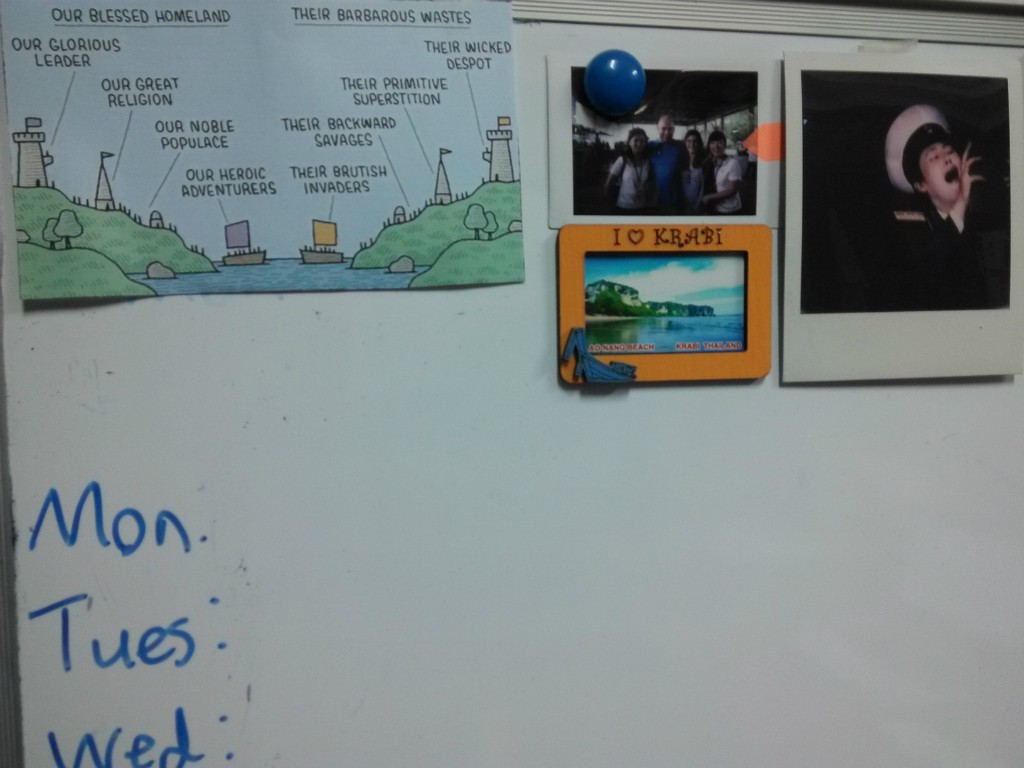
Only around five thousand Westerners visit North Korea every year. That’s about half as many visitors as the Empire State Building gets in a day. Cockerell argues that tourism revenue is far from central to the regime: “It has industry and trade, even with the sanctions. So if tourists stop going, the result will not be the crumbling of the North Korean state, it will just be that five thousand fewer Western people per year will have any exposure to North Koreans at all…It’s not a question of moral relativism. Tourists don’t support the North Korean state, nor do they want to support the North Korean state. But thousands of people have jobs because of tourists.” But his argument depends on the number of tourists remaining small. The country has an officially stated goal of growing the number of annual tourists to two million by 2020, which Cockerell dryly described as “aspirational” given the lack of infrastructure and policies. If North Korea were somehow magically able to hit that goal, it would mark a notable rise in income for the state.
Koryo’s role in North Korean tourism is well known, but its media-friendly promotion of the country goes largely overlooked. It has been involved in arranging art projects, feature films, documentaries, musical tours, and sports matches. Bonner explained by way of saying, “there’s no one else to consult, [we’re] the only people there.” He’s being modest — at times, Koryo Tours can feel like a de facto soft power arm for North Korea, and all of its projects made in the country are subject to the dictatorship’s strict censorship. In 2011, Bonner co-directed Comrade Kim Goes Flying, which he billed as a girl-power rom-com for North Korean audiences. I wondered whether the film’s trouble-free vision of North Korean life might not be propaganda, but he argued that it was worth playing by the regime’s rules to produce a purely entertainment-oriented, feminist-leaning film, which North Koreans would otherwise never see.
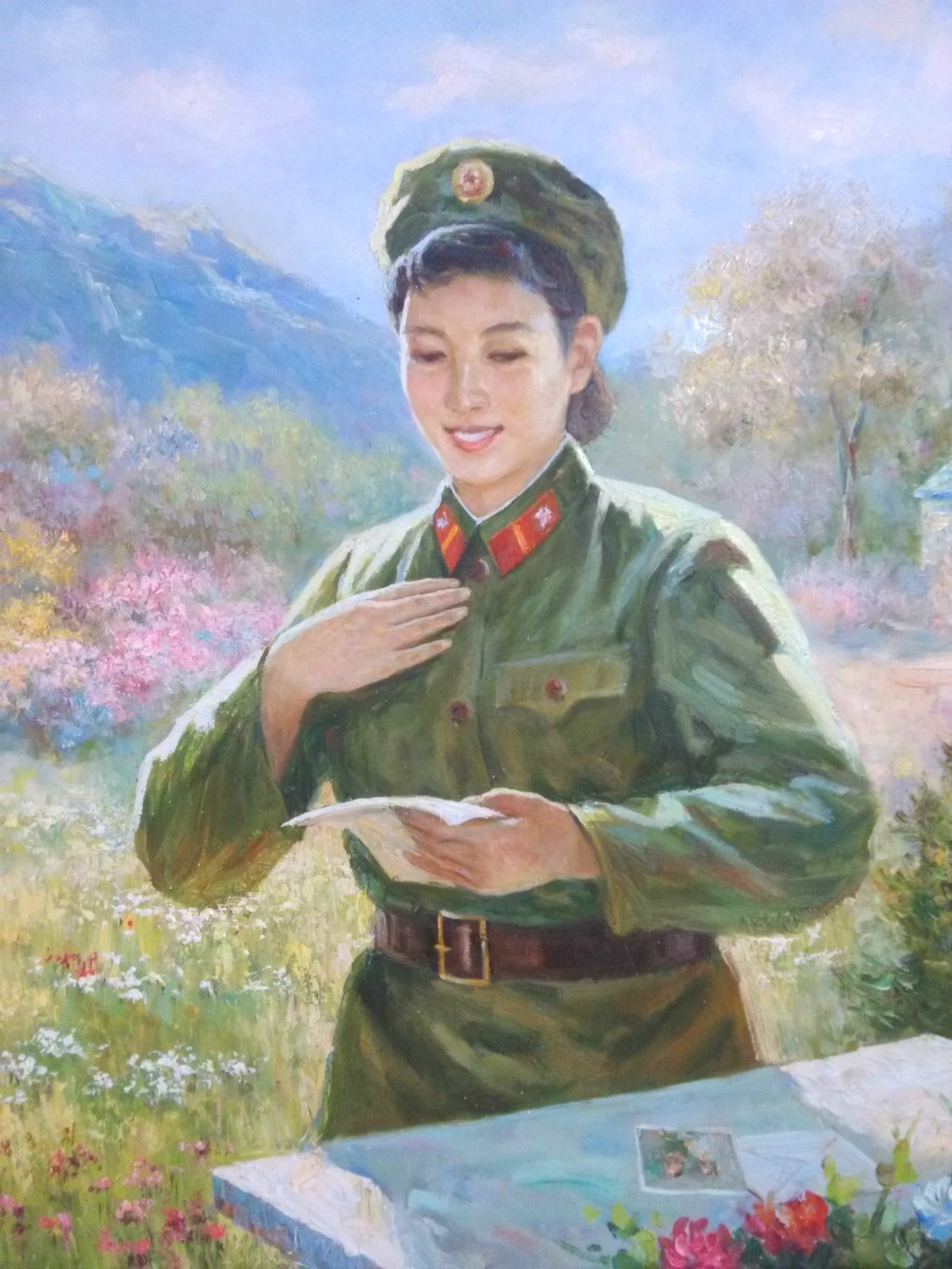
Matjaž Tančič, a Beijing-based Slovenian photographer (and a friend of mine), worked with Koryo Tours for a portrait series that was later shown in Pyongyang and showcased in The Guardian and CNN. He described shooting it to me as a constant attempt to avoid portraying the big attractions his guides wanted in favor of ordinary people. That said, even with the back-and-forth between him and the guides, they still determined where he went and whom he could shoot. Tančič pushed back against the idea that his work could be seen as propaganda: “Just the way I didn’t shoot them happy or smiling, but if they were uncomfortable, it showed their human side, you know? I didn’t feel it was propaganda at all. Just the context helps: where you shoot it, where you put it.”
A series of documentaries Bonner produced with director Daniel Gordon prove just how much can still be achieved within the state’s limitations. Their 2004 film A State of Mind follows a couple of young girls who say things like “We have to endlessly hate the US and fight them to the end” as they prepare for the country’s mass games. The filmmakers even managed to be allowed into people’s homes, which include the infamous state radios that can be turned down but not off. Crossing the Line, which came out in 2006, is damning. It focuses on an American named James Joseph Dresnok who defected from the Army to North Korea in the 1960s. At one point, Dresnok brags about getting full rations at a time when hundreds of thousands of ordinary North Koreans were starving to death.
Koryo’s close connections and long history have enabled its fantastic access, but Bonner and Cockerell both minimized their level of connection to the North Korean government. “It’s all indirect,” Cockerell said. “You only talk to your partner and your partner passes it on. It’s hard to go above someone’s head. You don’t really have the connection to the people above them, and no one really knows how far up the ladder everything goes.” Boynton praised Bonner’s documentaries, but had questions about the access required to make them: “One thing I’m struck by is that anyone who wants to maintain good relations and the ability to go there and come back, has to censor himself.” When I brought this up with Bonner, he said he simply focused on the stories he wanted to tell. That may be true, but selective focus can still qualify as its own form of self-censorship.

One of the strangest realities of North Korea is that the people who cover or study the country the most are often unable to actually enter it. Demick said she went multiple times in the past but hasn’t tried to go since her book came out. Boynton was once scheduled to go, but had his invitation rescinded over a piece he wrote on the country’s digital underground. Rob York, chief editor of specialty site NK News, similarly told me he didn’t think he’d be let into North Korea because he’s written about its human rights violations. About 130 journalists were invited into the country via direct visa application for its party congress this month, but even then, a reporter and camera crew from the BBC were detained and expelled for coverage deemed disrespectful of the system. By contrast, Cockerell said that Koryo has been able to take in journalists to cover soft news like sporting events. The North Korean government may attract a lot of mockery in America for seeming clueless, but it knows exactly what kind of press it wants. There’s also the issue of how this kind of thing plays out in terms of domestic propaganda. Tourists are expected (but not required) to pay respect to statues of Kim Il-sung and Kim Jong-il. Cockerell insisted to me that this doesn’t contribute to government control in North Korea, saying that “it’s just one of those things people do” and compared it to attending a flag-raising ceremony.
North Korea’s earliest abductions, Boynton noted, were largely of South Korean fishermen. Many of them were taken to banquets and festivities before being allowed to return home. The point was to leave the abductees with a positive image of North Korea that they would spread in the South. “North Korea’s only production or product is public relations,” Boynton said. “It’s a public relations state.” Dennis Rodman’s surreal visit to play basketball — for which Koryo Tours sold a limited number of tickets through an exclusive partnership with the organizers — hardly seems like good PR, but it was better for North Korea’s image than a story focusing on the government’s crimes against humanity or confronting the fact that the country has its own gulag archipelago.
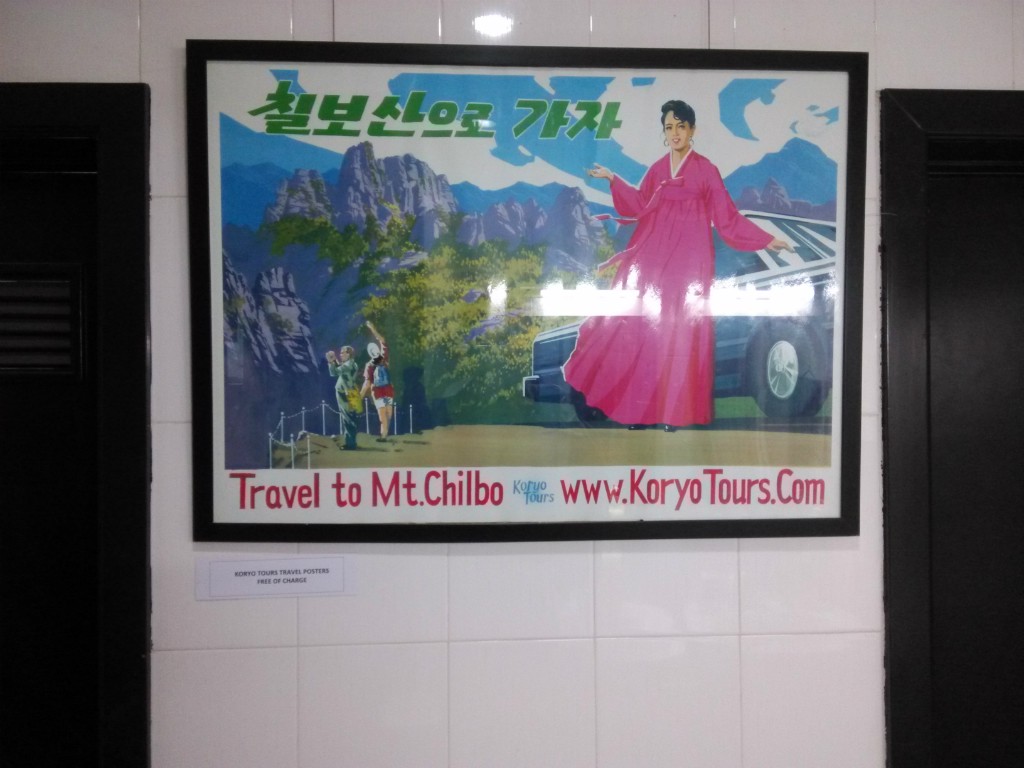
When I brought this up with Cockerell, he insisted, “we don’t trivialize it. We’re not an NGO, we’re not a human rights organization, but it’s a sensitive place and you have to be sensitive about certain things. And we don’t want people to get so comfortable thinking it’s just like anywhere else, because it’s not like anywhere else”
There is little danger of anyone thinking North Korea is like anywhere else. The sheer novelty of a place we’re forbidden to fully see will continue to drive both niche tourism and media coverage. And while we argue over whether we can better change North Korea through an open or closed approach, the country has stayed more or less the same. I asked Bonner how much had changed since he started in 1993. His answer, after a brief pause, was simple: “Not a lot.”
